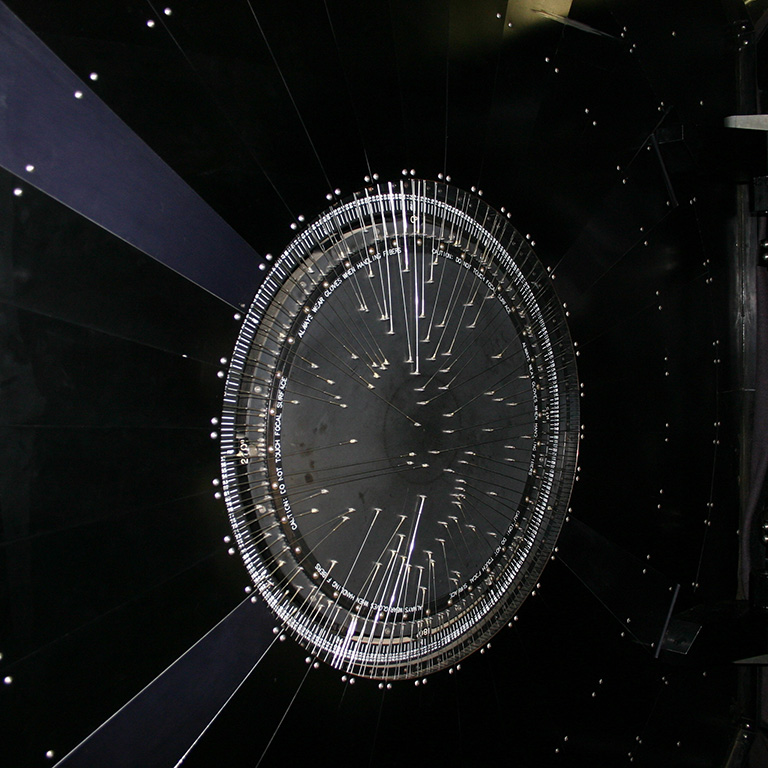Observing the surface abundances of Li, Be, and B in stars helps us understand the physical processes occurring inside stars. These fragile elements survive only in the outermost layers of stars, and thus their surface abundances trace interior processes that connect to the surface. Changes in these abundances generally result from processes like convection, rotationally-induced mixing, diffusion, mass loss, and magnetic fields. Knowledge of the abundances of these elements can distinguish between physical mechanisms that depend differently on depth. The abundances of these elements also have implications for other areas of astronomy, such as Galactic chemical evolution and cosmology.
Study of sound waves on the solar surface (helioseismology) informs us that standard solar models describe the interior solar structure remarkably accurately, especially when effects due to diffusion are taken into account. The solar abundance of Li, however, is a factor of 50 below standard predictions, and even worse, nearby main sequence stars have depleted more Li than standard theory predicts. These data clearly suggest the action of additional physical processes not included in standard stellar models.
IU astronomer Constantine Deliyannis uses the abundances of Li, Be, and B to test the various mechanisms listed above, using both stars in the field and stars belonging to star clusters. The latter are especially useful because their ages are known. Stars in star clusters formed together during a short period of time, and thus have the same determinable age and overall composition, but different masses. Observations of Li in many stars in a single cluster provide information about how the Li abundance depends on stellar mass. Studying clusters of different ages and compositions informs us about how the lithium abundance changes and how it depends on composition.
This research requires observations of dozens of stars in each cluster, and Deliyannis’ research takes advantage of the Hydra Multi-fiber Spectrograph on the 3.5-meter WIYN telescope at Kitt Peak. A robot positions optical fibers at the locations of specific stars in each target star cluster. The optical fibers carry the stars’ light from telescope to a spectrograph, which records the spectrum of each individual star. This efficient process allows many stars to be observed simultaneously. Analysis of the spectra then provides the Li abundance as well as other information about the stars.
Deliyannis finds that rotational mixing due to angular momentum loss from the star and the mixing associated with the triggering of relevant instabilities is the universal dominant light element depletion mechanism in main sequence stars. Effects due to magnetic fields are likely important for the cooler dwarfs. Diffusion and mass accretion may also play a role under some circumstances.


 The College of Arts
The College of Arts